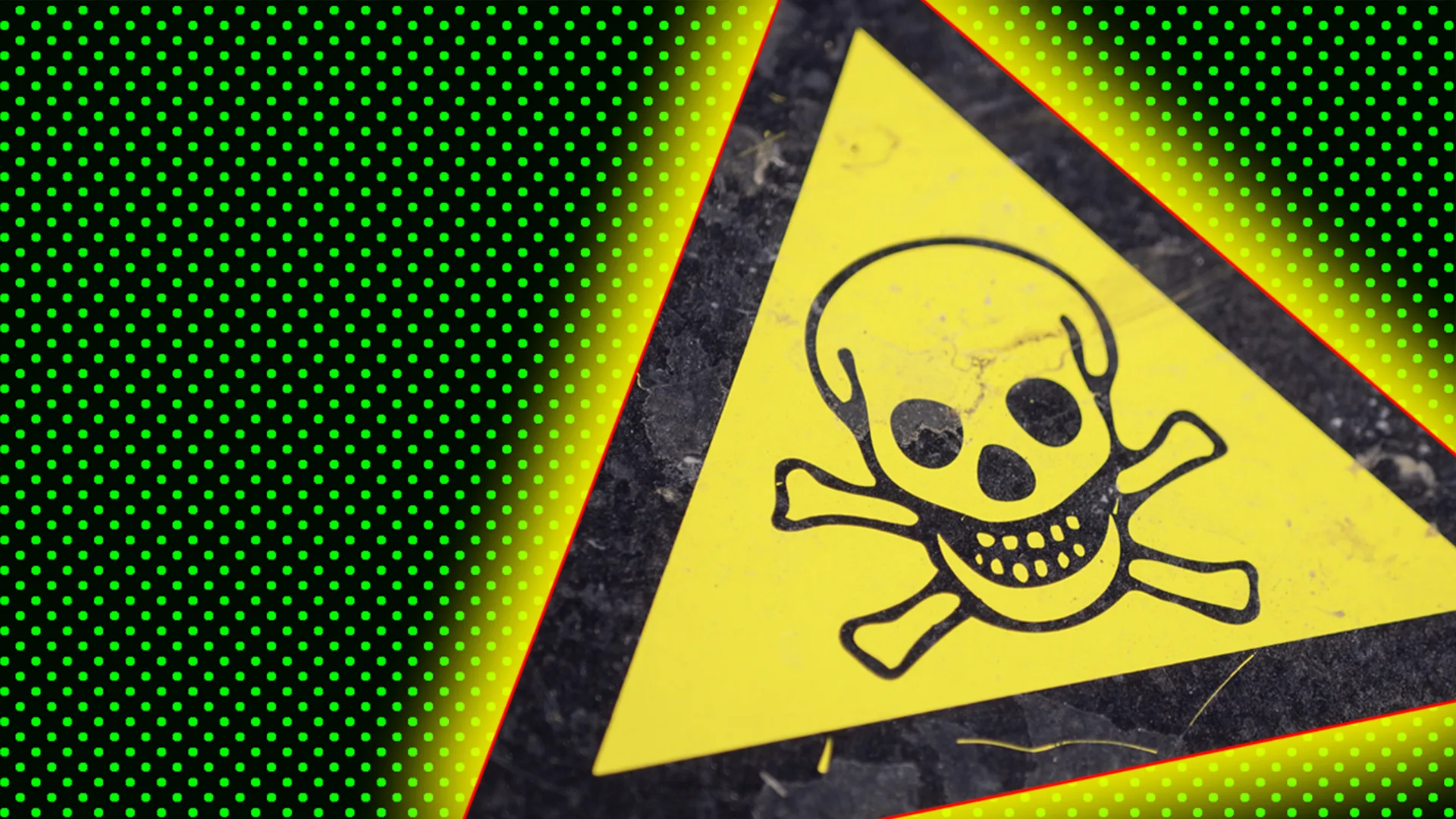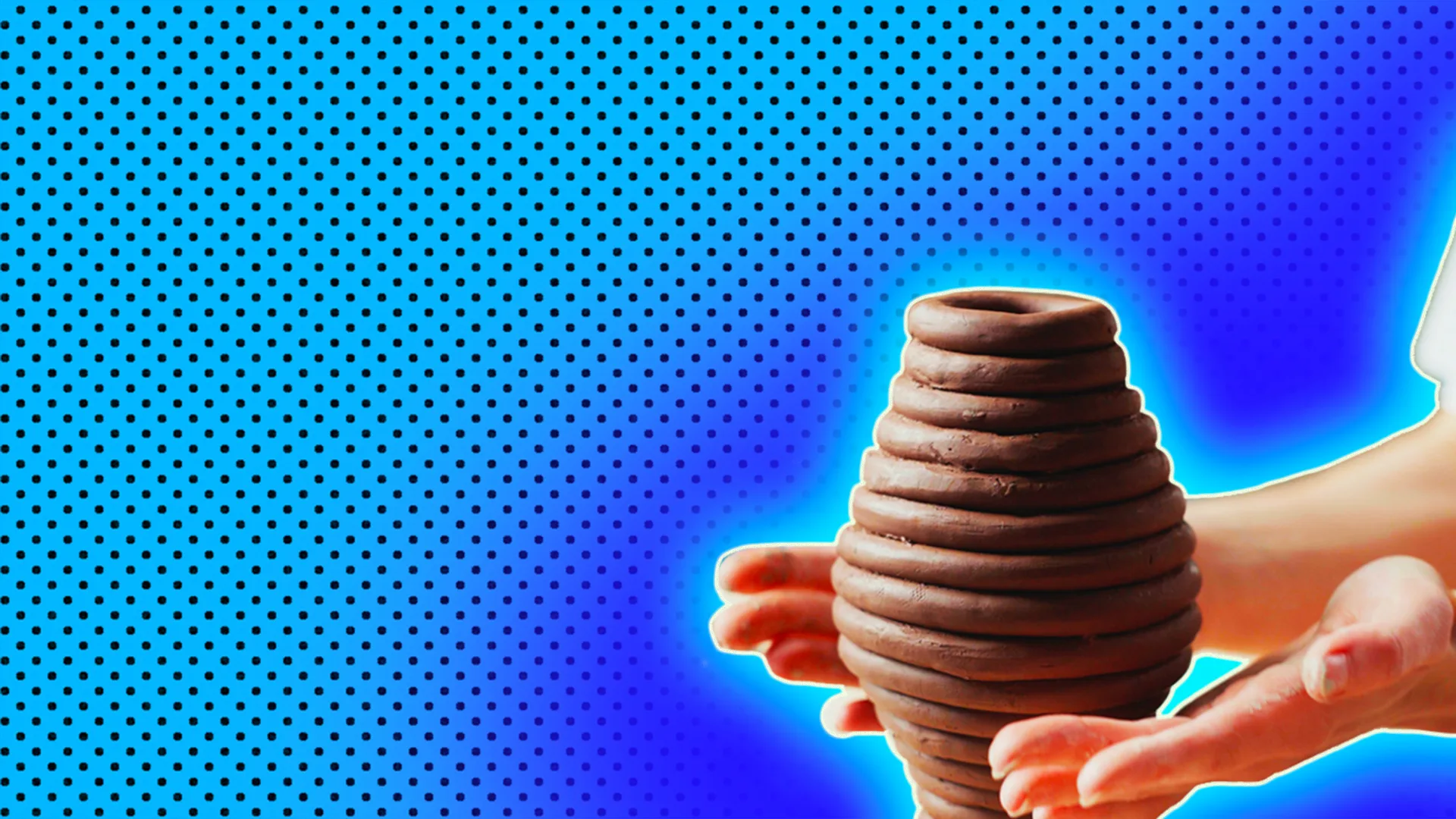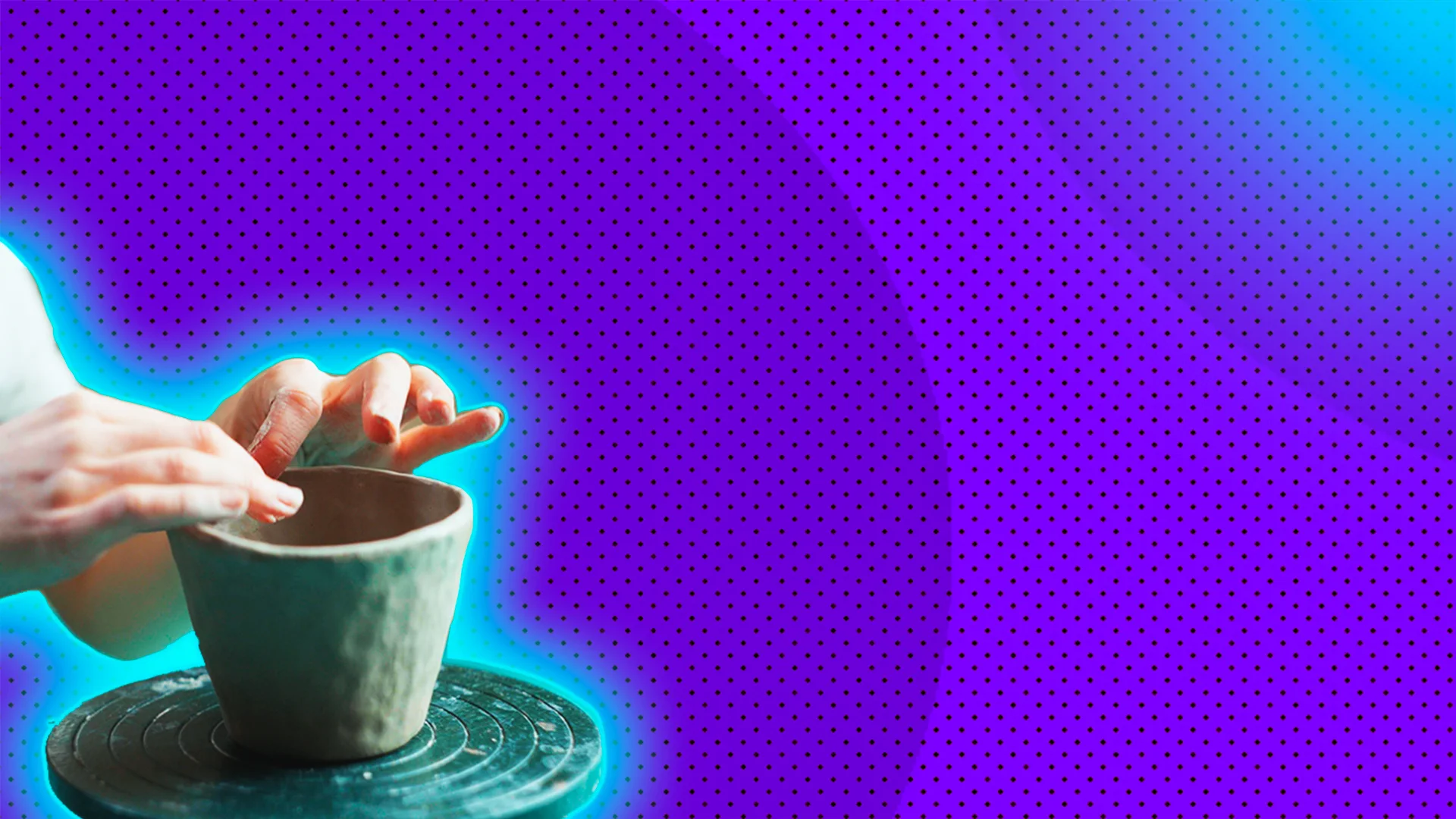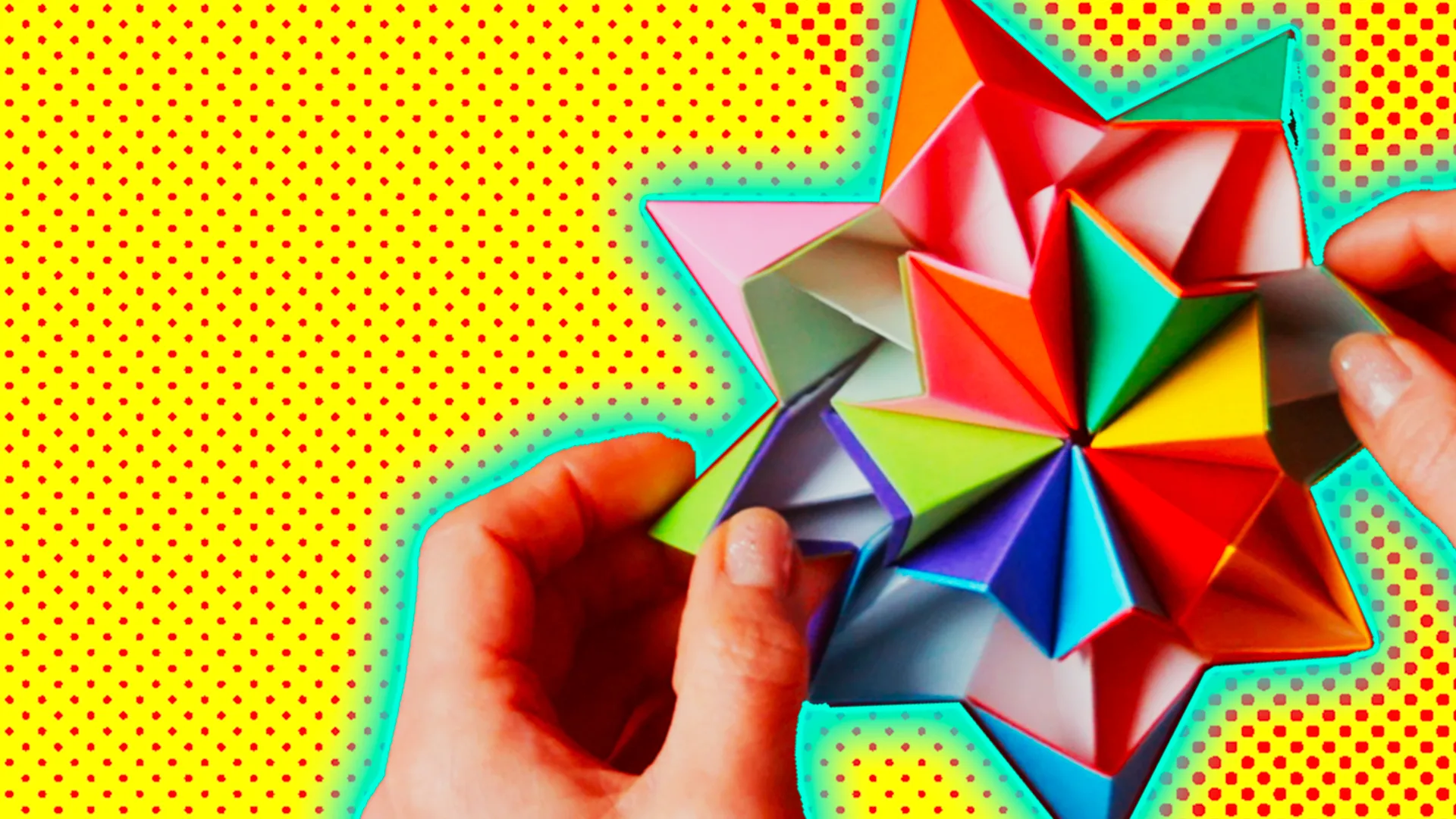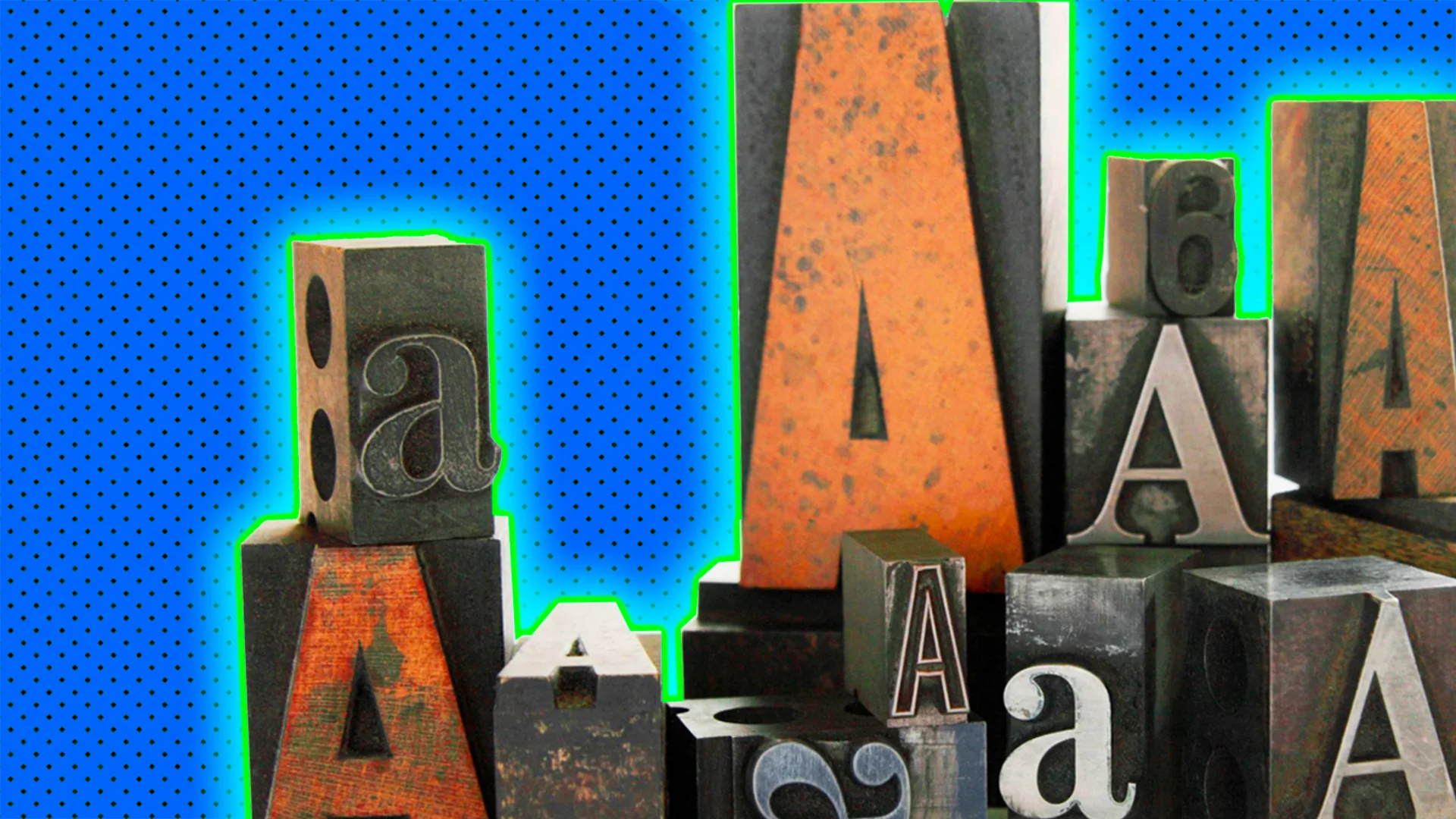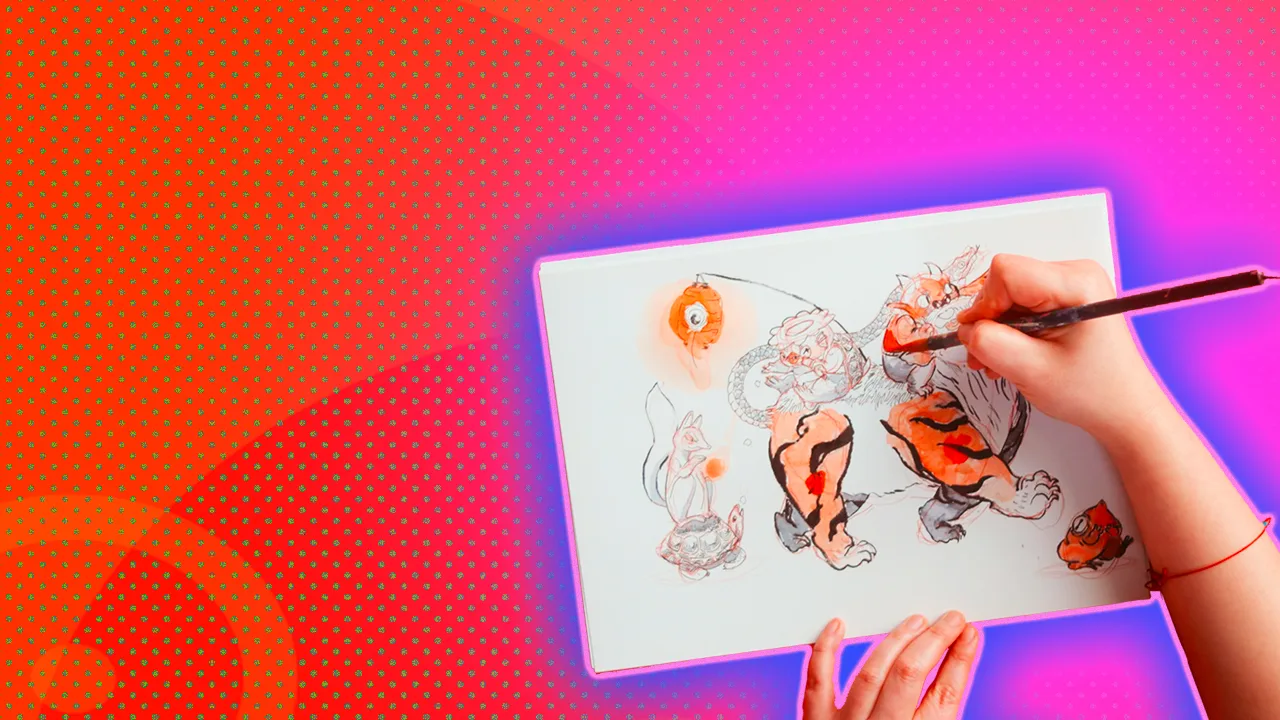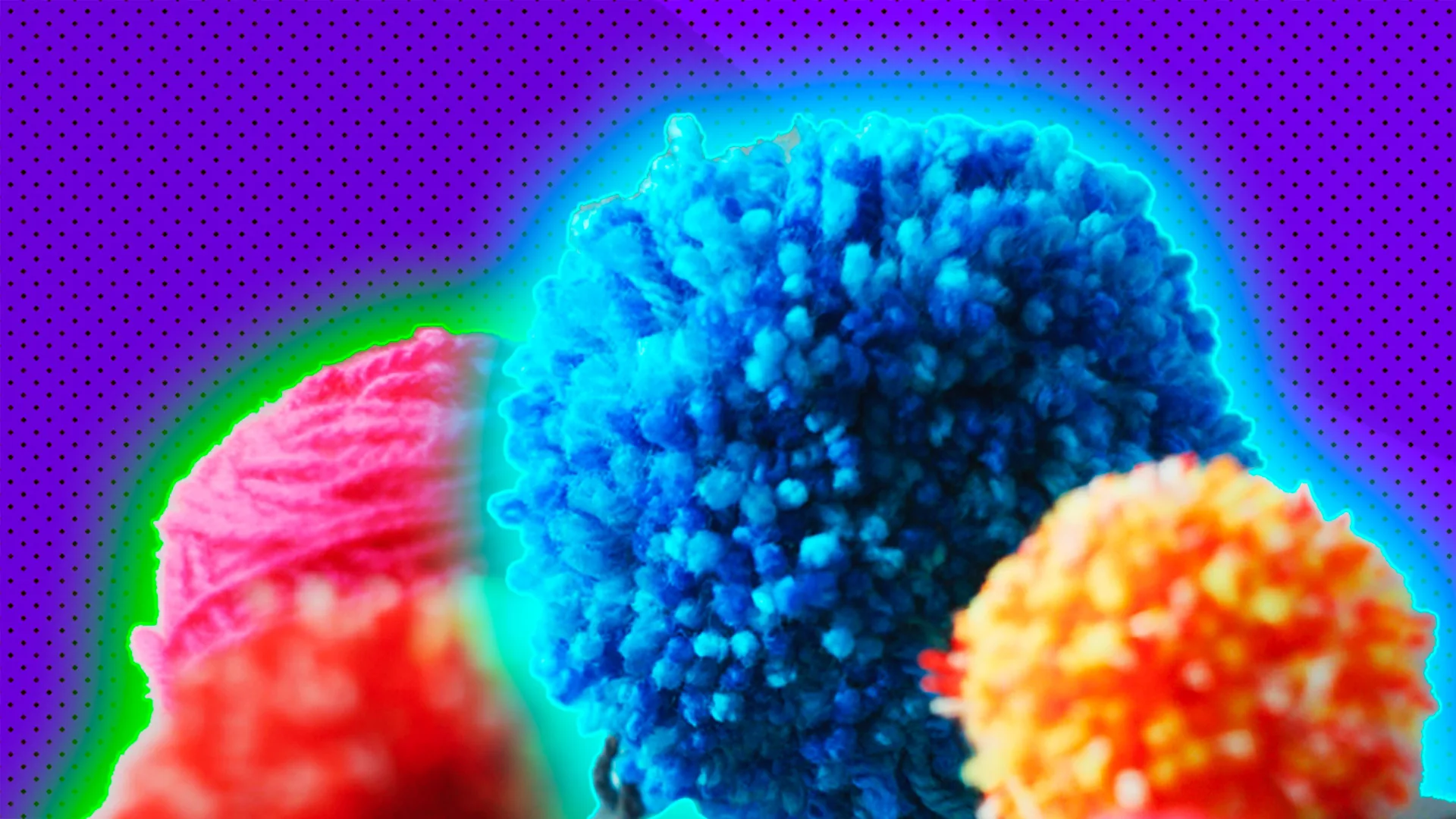Believe it or not, deep within the confines of the V&A, you may stumble upon some fascinating yet dangerous items lurking from the past. Among these artefacts lay mercury-filled hats and innocent-looking jewels made from plants with deadly sap! How freaky?! Read on to find out what other strange historical items live in the museum…
Lethally chic
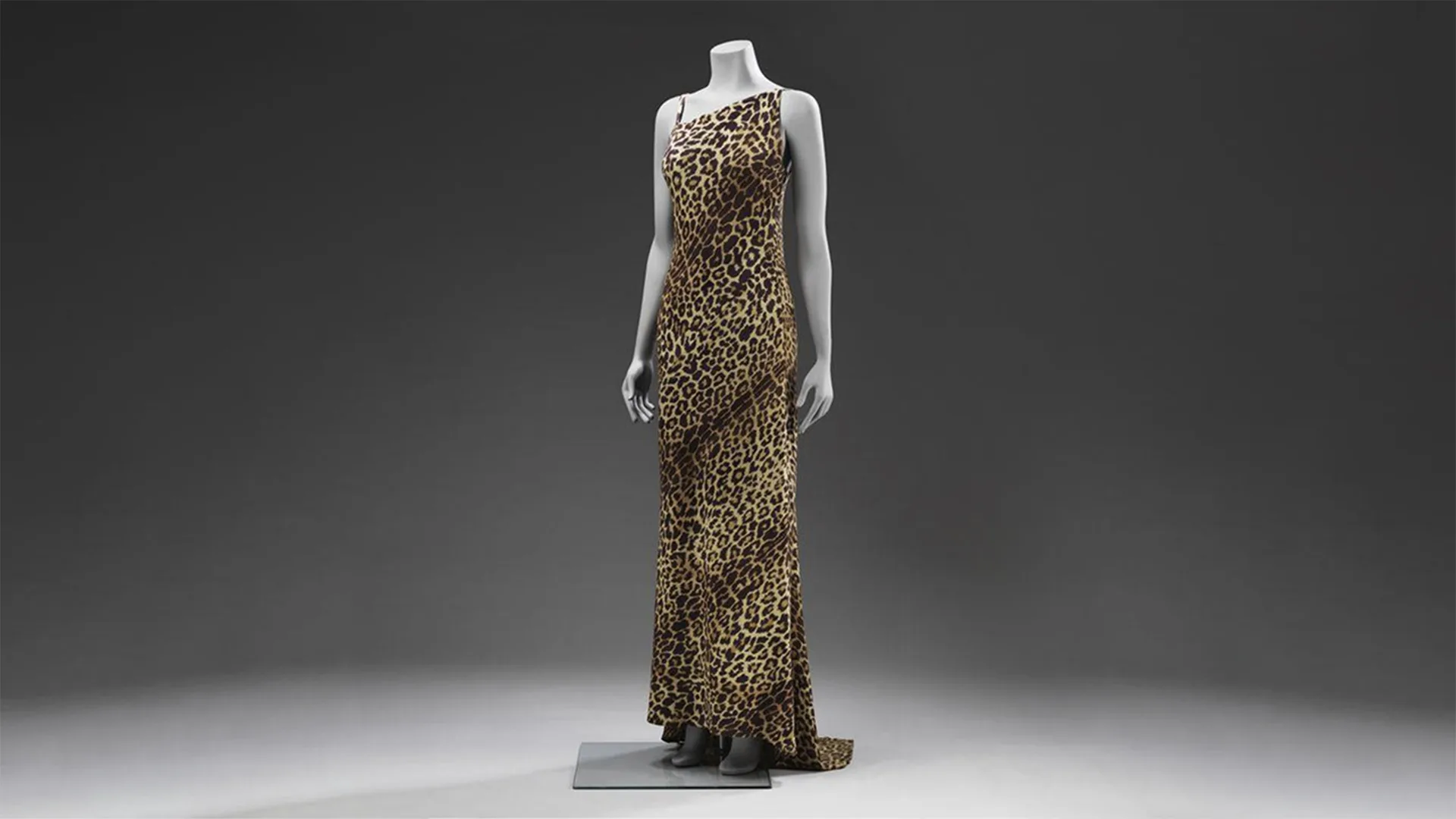
Textured rayon was popular in the 1930s – and the above dress was made from the stuff! In fact, this particular dress, which imitates leopard fur, was manufactured from wood pulp and converted to viscose rayon using carbon disulphide. Once released into the environment, carbon disulphide produces air, water pollution and a poisonous gas. Factory workers exposed to its fumes risked nerve damage and even heart disease!
Poisonous chalice
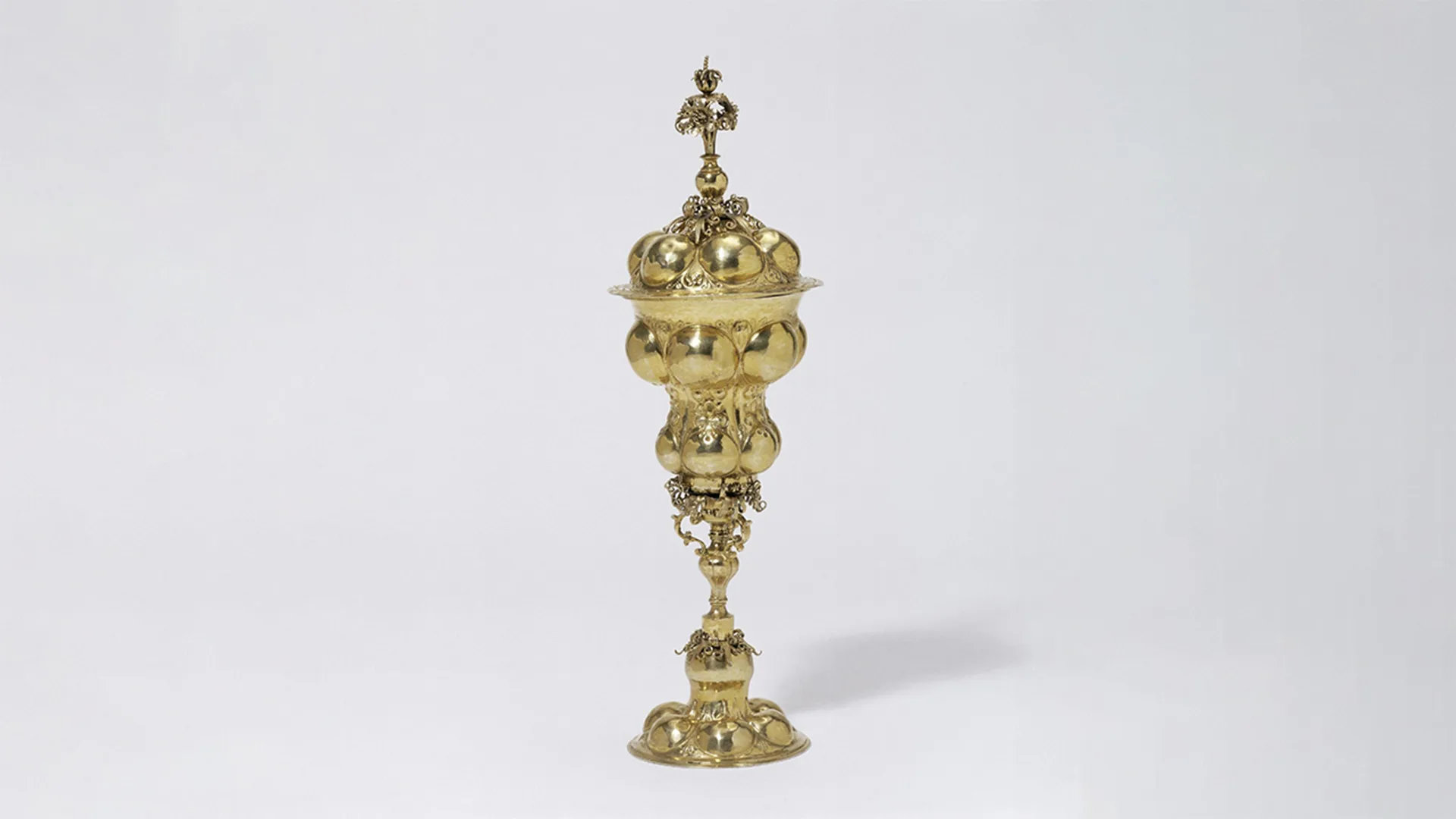
In 16th and 17th century Germany there was a rise in these fancy chalices being featured in wealthy homes. The cups had separate parts – a bowl, a lid, a foot, all made of silver. But as you can tell, these don’t look like silver now, they’re gold. The process of covering the silver with gold is called gilding, and was done by mixing gold plates with hot mercury (a highly toxic mix), before painting the mix on the cup and baking it. It’s safe now, but you wouldn’t want to be around while it was being made. Hella toxic!
How about crafting a ring from a skin-sizzling plant?
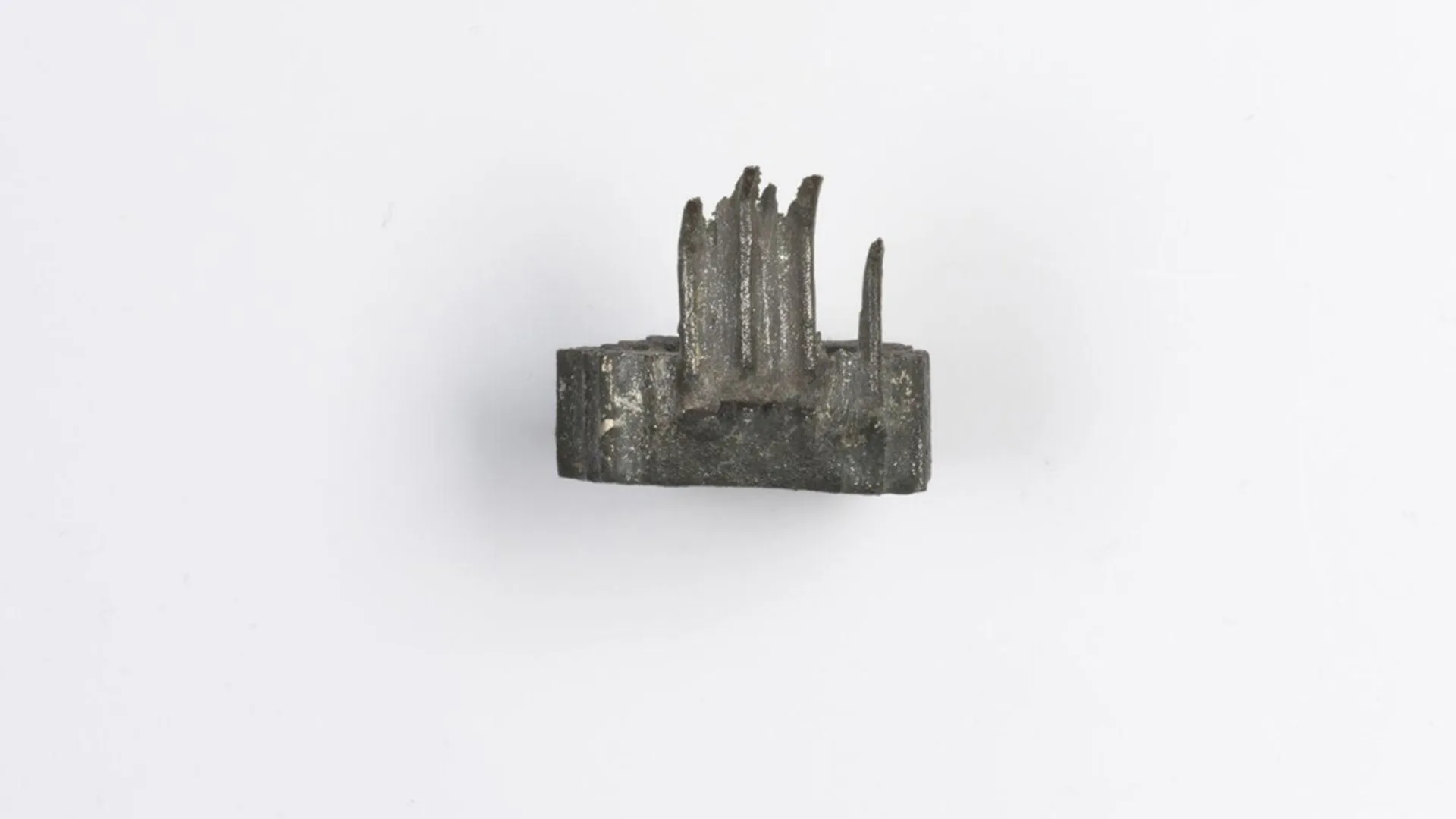
Bernhard Schobinger made this ring using a dangerous plant called a giant hogweed. The plant is considered to be one of the most dangerous in the UK because it causes severe skin burns and blistering from a single touch. Long term the effects are just as bad, because the burning sensation can be re-triggered by the sun! Using a special machine, he created a cast in cobalt from a section of the hollow stem. It’s called the Heracles Ring and was made in 1977.
Toxic top hat
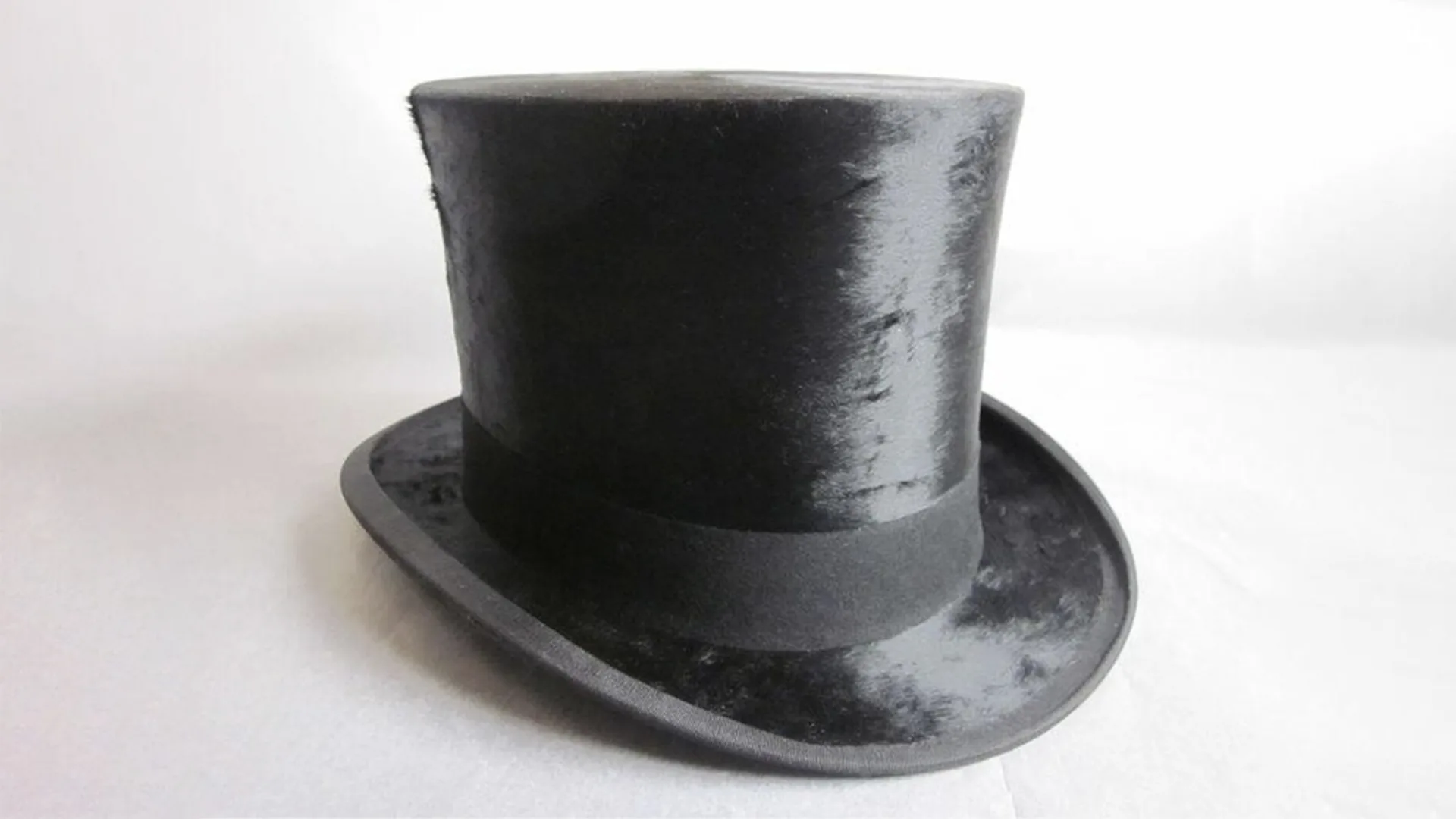
Have you heard of the Hatter (sometimes referred to as the Mad Hatter) from Alice in Wonderland? Well, the Mad Hatter might have originally gotten its name from a mind-boggling disease caused by mercury poisoning. Hat makers in the past used to use mercuric nitrate in the hat-making process, which meant that those who made the hats were poisoned by the materials they were using!
Don’t worry though, it’s now known just how toxic the chemical is, so your favourite hats, caps and other head related accessories don’t go near that stuff! The hat above is made from a black silk plush, and was designed and crafted by Thomas Townend & Co. It’s currently enclosed and bagged up within the V&A because of the possible toxic hazard from elements used in the hatting process!
Struck with poison
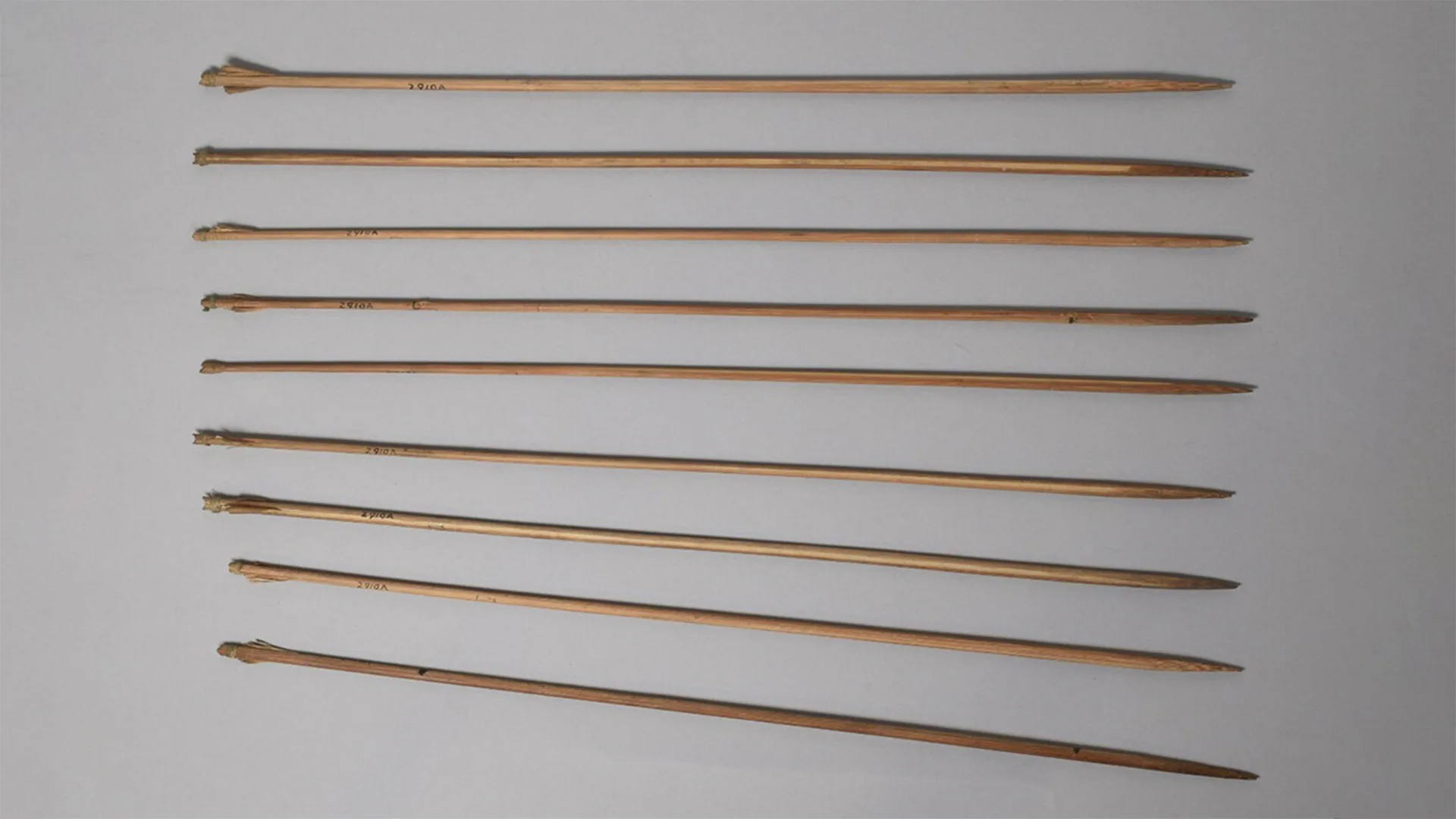
These may look like regular arrows – but they certainly aren’t! Crafted using cane, the tips of these arrows have been dipped in the poisonous sap of the Antiaris toxicaria tree. This tree is well known for containing a sap with heart stopping potential! These arrows are called upas, and once pinged in the direction of an opponent, they act on the nervous system causing muscular convulsions, paralysis and eventually death… we’ll keep out of the way of these!





